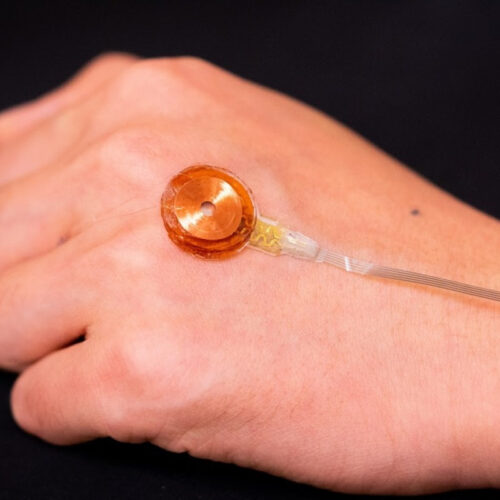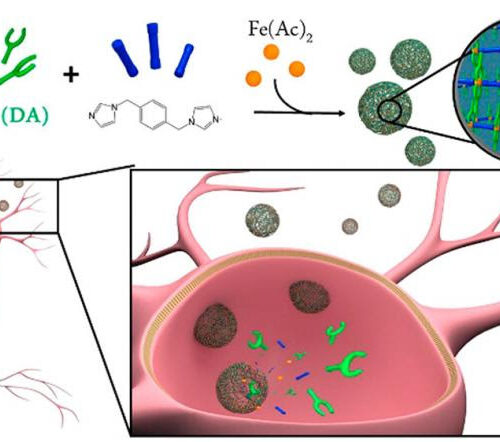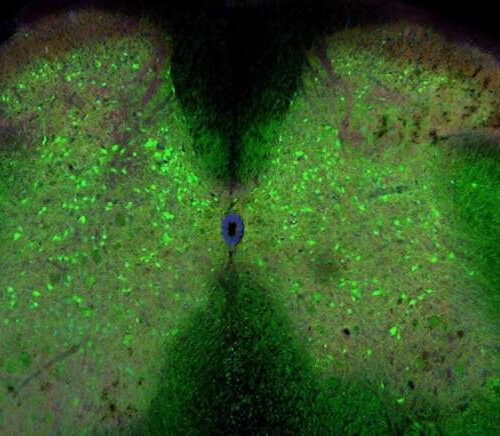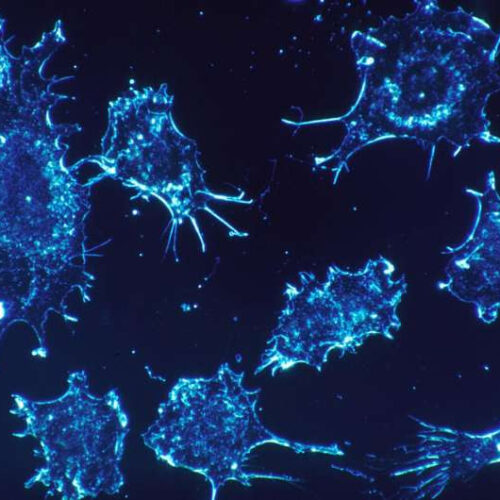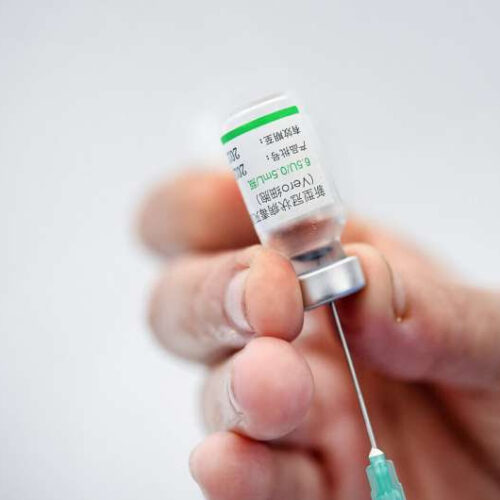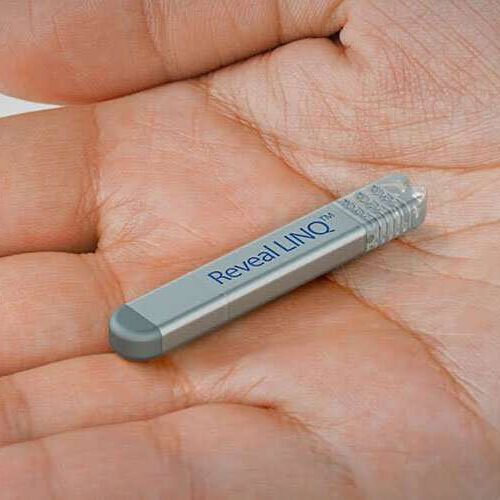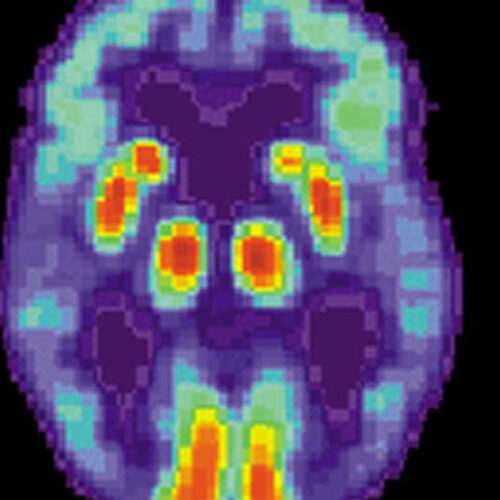By RYAN MORRISON FOR MAILONLINE PUBLISHED: 13:25 EDT, 1 June 2021 | UPDATED: 13:25 EDT, 1 June 2021 Giving mice a protein boost can increase their life expectancy by up to 30 percent and make them less susceptible to cancer, according to a new study. The supply of protein SIRT6, which has been found to wane in some mammals with...
Skin-buzzing sensor detects psoriasis and potentially other disorders
By Ben Coxworth May 31, 2021 The prototype works on both hair-bearing and hairless skin Dr. Yu Xinge’s team When someone has a problematic skin condition, the affected skin is typically either stiffer or softer than normal. A new sensor has been shown to detect such differences, potentially allowing doctors to diagnose problems more quickly...
Novel nano-encapsulation approach for efficient dopamine delivery in Parkinson’s treatment
UNIVERSITAT AUTONOMA DE BARCELONA IMAGE: NANOENCAPSULATION OF DOPAMINE CREDIT: ICN2/IBB-UAB Parkinson’s disease (PD) is a common neurodegenerative disorder caused by the death of dopaminergic neurons in a part of the brain (known as substantia nigra pars compacta), which leads to a deficit of dopamine (DA), one of the main neurotransmitters active in the central nervous...
Scientists identify mechanism linking traumatic brain injury to neurodegenerative disease
ELIFE Scientists have revealed a potential mechanism for how traumatic brain injury leads to neurodegenerative diseases, according to a study in fruit flies, and rat and human brain tissue, published today in eLife. The results could aid the development of treatments that halt the progression of cell damage after brain injury, which can otherwise lead to...
ALS development could be triggered by loss of network connections in the spinal cord
by University of Copenhagen The spinal cord of a mouse with ALS. The green cells are the inhibitory interneurons. Credit: Ilary Allodi ALS is a very severe neurodegenerative disease in which nerve cells in the spinal cord controlling muscles and movement slowly die. There is no effective treatment and the average life expectancy after being diagnosed...
‘Electronic nose’ accurately sniffs out hard-to-detect cancers
by Perelman School of Medicine at the University of Pennsylvania Credit: CC0 Public Domain An odor-based test that sniffs out vapors emanating from blood samples was able to distinguish between benign and pancreatic and ovarian cancer cells with up to 95 percent accuracy, according to a new study from researchers at the University of Pennsylvania and Penn’s Perelman...
New device helps restore penile length and sexual function after prostate cancer surgery
by Wolters Kluwer Health Credit: CC0 Public Domain A new type of penile traction therapy (PTT) device can increase penile length and preserve erectile function in men who have undergone prostate cancer surgery (prostatectomy), reports a clinical trial in The Journal of Urology. “Our randomized trial suggests penile traction therapy using a new type of device provides...
India: WHO grants emergency approval to 2nd Chinese COVID vaccine
In this Friday, May 28, 2021 file photo, a healthcare worker prepares a dose of the Sinovac COVID-19 vaccine during a vaccination session for medical staff who work at private clinics in Caracas, Venezuela. The World Health Organization has issued an emergence use listing for the COVID-19 vaccine made by Sinovac in adults aged 18...
Improved detection of atrial fibrillation could prevent disabling strokes
by Ross Neitz, University of Alberta Faculty of Medicine & Dentistry An implantable device that monitors for atrial fibrillation over 12 months is more than three times more effective at detecting the condition than standard care, and could help prevent disabling strokes in patients, according to an Alberta clinical trial. Credit: University of Alberta Faculty of...
Role of sleep-related brain activity in clearing toxic proteins and preventing Alzheimer’s disease
by Public Library of Science PET scan of a human brain with Alzheimer’s disease. Credit: public domain Evidence of sleep-dependent low-frequency (<0.1 Hz) global brain activity in the clearance of Alzheimer’s disease-related toxin buildup is presented in research published on 1st June 2021 in the open access journal PLOS Biology by Xiao Liu and colleagues at The Pennsylvania State University....


